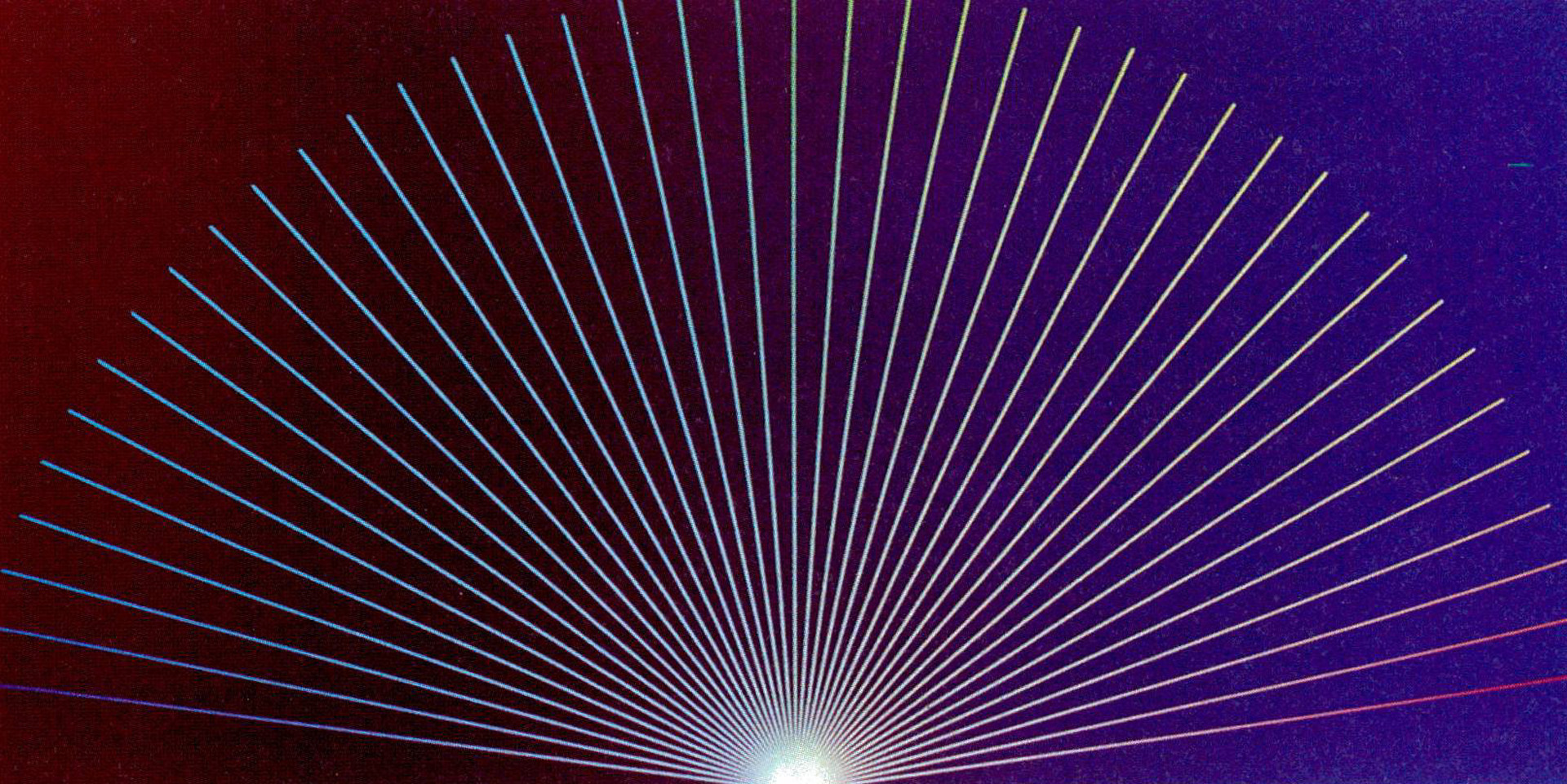“High speed high quality antialiased vector generation” by Barkans
Conference:
Type(s):
Title:
- High speed high quality antialiased vector generation
Session/Category Title: Hardware
Presenter(s)/Author(s):
Moderator(s):
Abstract:
A vector generation method is described in which a high quality image rendering scheme is coupled with a high speed scan-conversion algorithm.The rendering scheme consists of two parts. First a prefiltering method is used to antialias the vectors. Second a compositing technique is used to compose the vectors into the frame-buffer.The scan-conversion algorithm presented allows a single vector to be scan-converted by a either by a single processor or a set of processors running in parallel. When using parallel processors, antialiased vectors may be scan-converted and written to a frame store at the same high speed as aliased vectors. The VLSI technology used to implement this algorithm is capable of drawing over two million high quality antialiased vectors per second.
References:
1. Akeley, Kurt and Jermoluk, Tom. “High-Performance Polygon Rendering”, Proceedings of SIGGRAPH ’88 (Atlanta, Georgia August 1-5, 1988) In Computer Graphics, 22, 4, 1988,(August 1988)
2. Barkans, Anthony. “A Virtual Memory System Organization: For Bit-Mapped Graphics Displays”, Advances hz Graphics Hardware IV, Eurographics 1989, ed. W. Strasser, Springer-Verlag, Berlin, Heidelberg, New York, Tokyo, 1990
3. Blinn, Jim. “What We Need Around Here Is More Aliasing”, 1EEE CG&,4 9, 1 (Jan 1989)
4. Brady, James. “A Theory of Productivity in the Creative Process”, IEEE CG&A 6, 5 (May 1986)
5. Bresenham, J. “Algorithm For Computer Control Of A Digital Plotter”, IBM Systems Journal 4(1) July 1965
6. Crow, Franklin. “The Aliasing Problem in Computer- Generated Shaded Images”, Comm. ACM, 20, 11, November 1977
7. Deering, Michael et al, ‘The Triangle Processor and Normal Vector Shader: a VLSI System for High Performance Graphics”, Proceedings of SIGGRAPH ’88 (Atlanta, Georgia August 1-5, 1988) In Computer Graphics, 22, 4, 1988,(August 1988)
8. Dull’, Tom. “Compositing 3-D Rendered Images”, Proceedings of SIGGRAPH ’85 (San Francisco, California July 22-25, 1985) In Computer Graphics, 19, 3, 1985,(July 1985)
9. Elmquist, Keils. “An Efficient Anti-Atiased Line Drawing Algorithm Suitable For Hardware Implementation”, Unpublished Paper 1987
10. Foley, James and Van Dam, Andries. “Fundamentals of Interactive Computer Graphics”, Addison-Wesley, 1982
11. Fujimoto, Akira and lwata, Kansei. “Jag-Free Images On Raster Displays”, IEEE CG&A 3, 9 (Dec 1983)
12. Goris, Andy et al, “A Configurable Pixet Cache for Fast Image Generation”, IEEE CG&,4 7, 3 (March 1987)
13. Gupta, Satlsh and Sprouil, Robert. “Filtering Edges For Gray Scale Displays”, Proceedings of SIGGRAPH ’81 In Computer Graphics, 15, 3, 1981,(August 1981)
14. Newman, William and Sprouil, Robert. “Principles of bltemctive Computer Graphics”, 2nd ed. McGraw-Hill, New York, 1979
15. Oakley, David. “Dejagging Raster Graphics by Pixel Phasing”, SID 86 Digest
16. Pitteway, M and Watkinson, D. “Bresenham’s Algorithm with Grey Scale”, Comm. ACM, 23, 11, November 1980
17. Schneider, Bengt-Olaf. “A Processor for an Object- Oriented Rendering System”, Computer Graphics Fol~tm 7 (1988) Nollh-Holland, Amsterdam, New York, Oxford, Tokyo
18. Swanson, Roger and Thayer, Larry. “A Fast Shaded- Polygon Renderer”, Computer Graphics, 20, 4, 1986,(Proc SIGGRAPH)
19. Terrell, T. “Introduction to Digital Filtet~’; 2nd ed. John Wiley & Sons, New York, 1988
20. Thayer, Larry. “Advanced Workstation Graphics Hardware Features”, Proceedings of NCGA, March 1990




